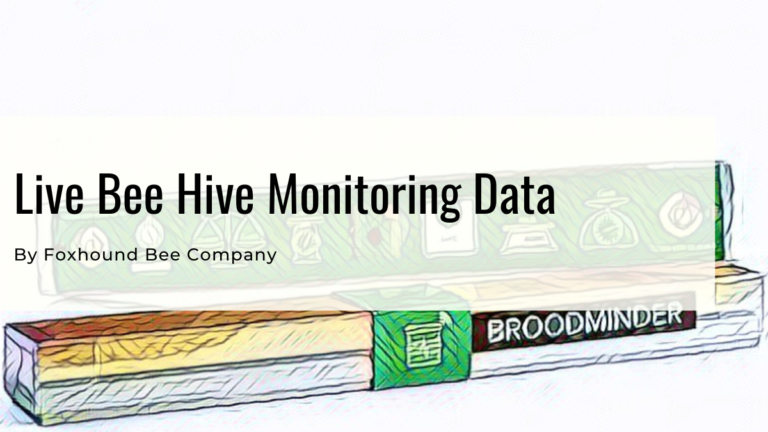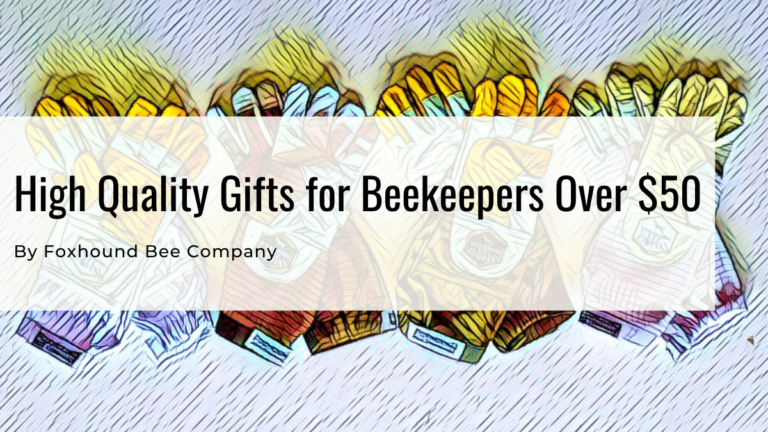A queen excluder is a piece of basic beekeeping equipment that many beekeepers own but not all use. There are metal excluders and plastic excluders—which one is best for you and your bees? The decision whether to use one or not comes down to beekeeper preference, the season, and the strength and personality of your bee hive.
A queen excluder is designed to keep the queen from entering a space where bees store their extra honey. Because honey is made seasonally, a queen excluder is only used for part of the year.
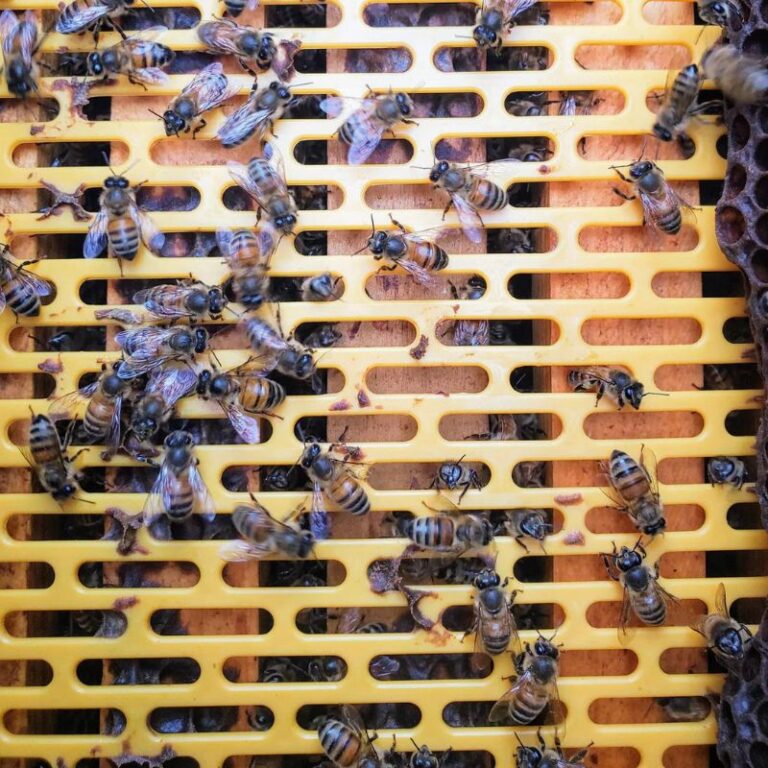
Table of Contents
What is a queen excluder?
A queen excluder is a barrier made of metal or plastic. It is a flat grid with holes that only worker bees can squeeze through—like a fence for keeping out queen bees. A mated and laying queen bee has a larger thorax than the smaller worker bees and cannot get through. This keeps the queen out of areas of the hive where the beekeeper would like the worker bees to store honey. A virgin queen might get through, but she will not be laying any eggs. Drones are also unable to pass through an excluder.
The primary purpose of a queen excluder is that when you pull supers off the hive in order to harvest honey, you can be certain that the queen will not be in the honey supers, and there will not have been any eggs laid in the supers. All the egg-laying should happen below the queen excluder because the queen’s access is limited to that space.
What is right for your bees?
New beekeepers will quickly discover that there are many opinions about bee supplies and ways to keep honeybees. Successful beekeeping is the art of finding what works for you and your bees. If a queen excluder helps your bees to raise brood in the right places and to store more honey, then use one. If it doesn’t work for you, or your bees won’t go through it, it’s ok not to use one. This decision could vary from hive to hive.
Types of queen excluders
Foxhound Bee Company carries all three types of queen excluders:
Metal queen excluder: These are easiest to clean and the most durable option. They won’t ever sag, and the edges are smooth.
Plastic queen excluder: These are the most affordable option, and you can trim these to custom sizes. Plastic excluders give less space for hive beetles to hide.
Wood frame queen excluder: A wooden frame surrounds a wire grid. These are considered by some to be the most attractive option. They are easy to clean, and the wood can be painted.
Need to clean propolis and burr comb off your metal queen excluder? Try our Queen Excluder Cleaning Tool! Another option might be to use a heat gun or a hive tool.
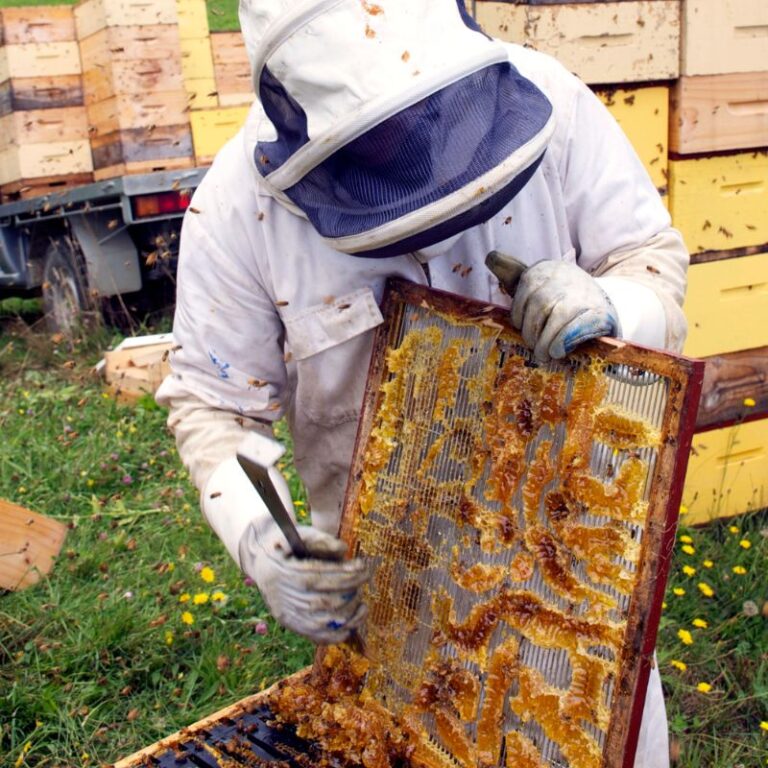
Some beekeepers consider queen excluders a vital part of honey production, and others don’t use them at all. There are many reasons for these opposing opinions. You’ll even hear them called “Honey Excluders”, which is just a term that makes fun of them.
Queen Excluders Are Not All The Same
We have handled many queen excluders over the years, both plastic queen excluders and metal queen excluders. The spacing between the wires is not all standard, and manufacturers make them in different sizes. This space will make it harder at times for a worker bee to squeeze through. It won’t damage the worker bee, but it will slow down the movement through the excluder.
Queen Excluder Pros and Why You Want To Use It
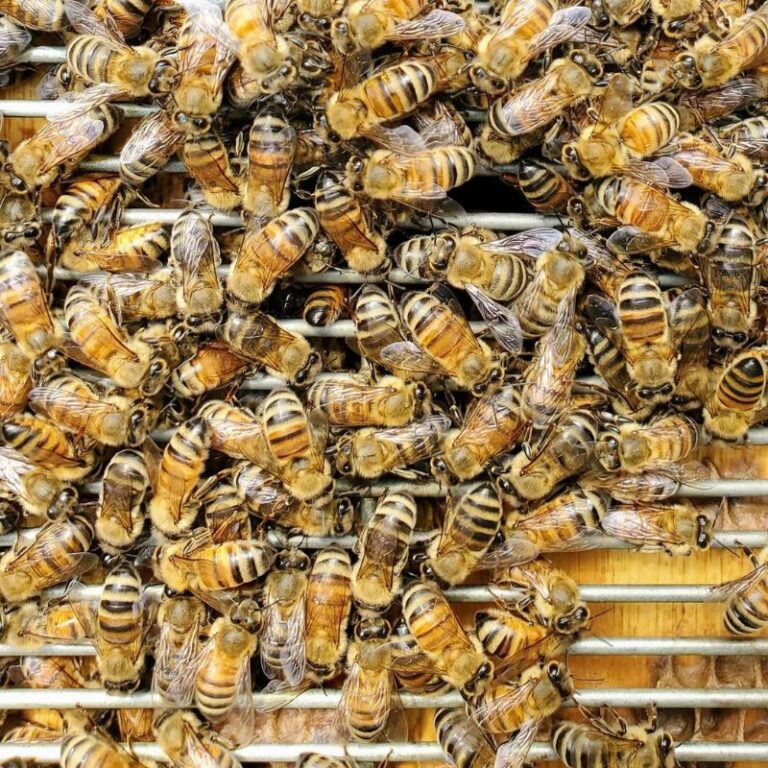
An excluder will keep the queen from laying eggs and keeping brood in your honey supers, which leaves the honeycomb wax cleaner and less attractive to wax moths, who like the cocoons left behind by brood.
If the queen cannot get to the upper boxes, then she might be easier to find. The space where she will be found is limited. Some beekeepers feel this is enough reason to use an excluder.
It can be a useful hive management tool. Limiting brood chambers could help control hive population, and encourage swarming, if that is something you desire.
Commercial beekeepers may use them so that they can pull honey supers more efficiently, with confidence that the queen won’t be in them.
When inspecting your hive with a queen excluder installed, you can skip inspection of the excluded honey supers and spend more time in the brood boxes.
How Do Queen Excluders Work?
Whether you use a single brood box or a double brood box, ideally you’ll want to keep all the brood in the brood boxes. Queen excluders ensure that the queen bee can only lay eggs and brood rearing can only happen inside the brood chamber.
The gaps in queen excluders are most often between 4.1 and 4.4 millimeters. This is small enough to exclude the mature queen and drones because they are both larger than that. Virgin queens may be able to squeeze through until they are mated.
Sometimes bees may get injured traveling through the grid of queen excluders. Their wings can get damaged. If you notice this is happening, or if you are concerned about bees getting stuck, you can install an upper entrance. During a heavy honey flow, the bees will appreciate the efficiency of a closer and quicker entrance.
You can also place a queen excluder above the bottom board and below the bottom box to help keep a queen inside the hive. Some beekeepers do this to stop a swarm from happening, but it isn’t the best method to stop swarming. Often a queen stops laying eggs before swarming and is smaller enough to squeeze through a queen excluder.
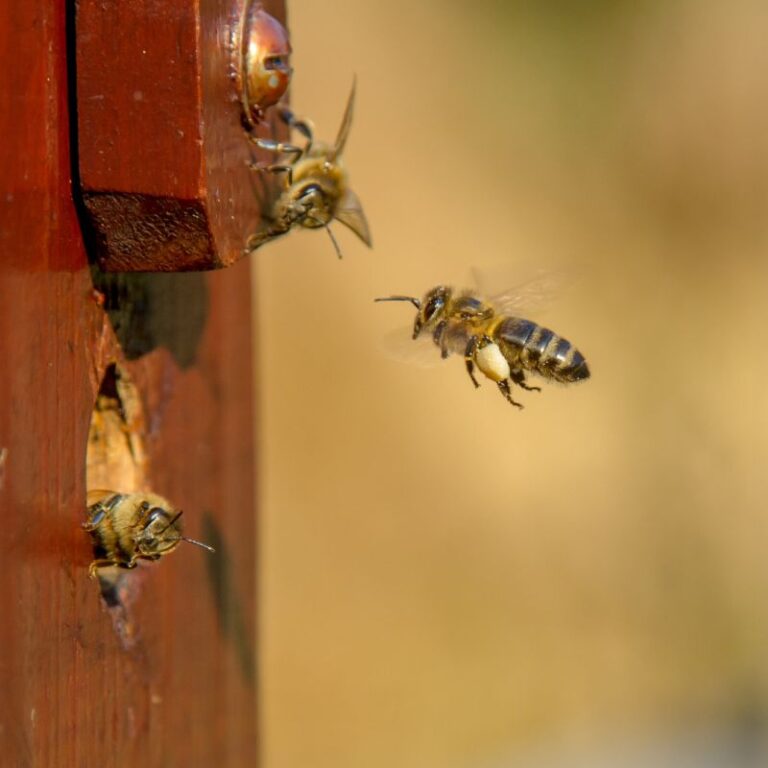
How To Use A Queen Excluder
If you decide to use a queen excluder, it will lie directly above the top brood box, in between that box and the first honey super. The excluder should be placed during a nectar flow on a strong hive to be effective.
It may be helpful to the bees in your hive boxes if you install an upper entrance. This way, any drones that may happen into the excluded boxes will not be trapped, and the entrance for forager bees will be more efficient. If you notice later that the entrance is not being used, you may decide to close it.
You can place one frame of brood in the excluded super in order to draw nurse bees up into the newly added hive box. This will encourage adjacent nectar storage. (You’ll need to wait for the brood to hatch before harvesting honey from that box.) If the first super placed above the queen excluder has drawn comb in it, that is ideal. Worker bees will be slower to draw comb on the bare foundation that is above the excluder.
If the hive is weak or small, it is probably not a good candidate for a queen excluder. Make sure the brood boxes are full of bees and brood before adding an excluder and a honey super.
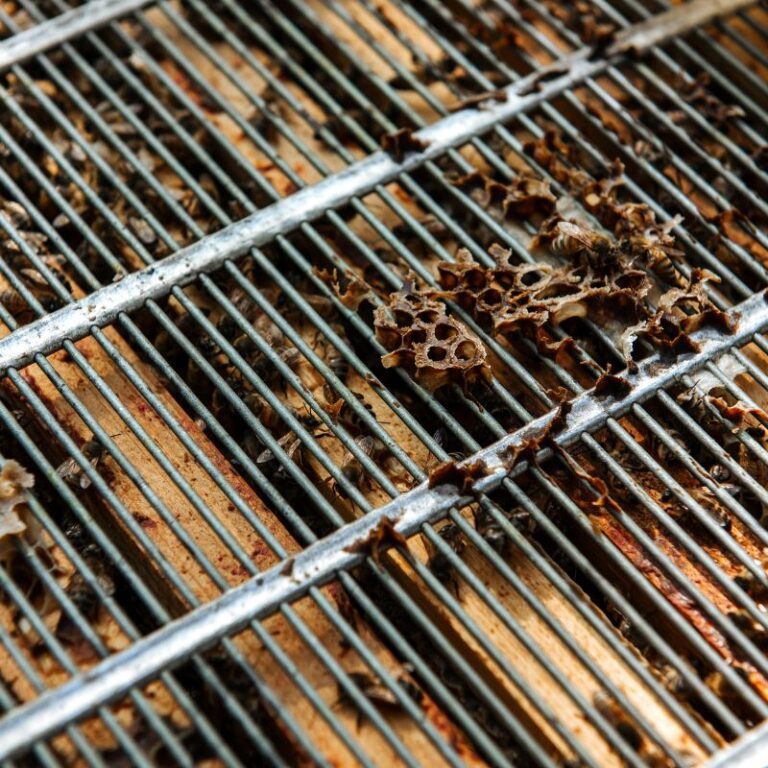
How We Use Our Queen Excluders
When we add a queen excluder to a strong colony in the spring, it is typically accompanied by multiple honey boxes full of empty but drawn comb. The fully drawn-out cells are enough to help pull the bees into the honey super, where they will store their surplus honey during the honey flow.
If we are adding a box full of brand-new frames with new foundations, we will sometimes add the box without the queen excluder. This will give the bees easy access to the box where they will start drawing comb. Once the bees get started drawing comb on the new foundation, they will be likely to keep working on it after adding the queen excluder to the hive.
When To Remove a Queen Excluder
When the nectar flow is over, and you harvest your honey supers, you will need to remove your queen excluder. Bees move up in the hive over the winter, and if you leave the excluder on with any supers on the hive, the bees will leave the queen behind, and she’ll freeze. You can replace it during the next nectar flow.
We have actually stored the queen excluders on the hive above the inner cover over the winter. This has worked very well for us as it keeps us from moving queen excluders back and forth between honey flows. Doing this doesn’t bother the honey bees or restrict their movement.
Other Use For Queen Excluders
Beekeepers are generally inventive and efficient, and many have found additional uses for queen excluders. For example:
Swarm prevention/keeping a newly hived beehive from leaving—placed between the bottom brood box and the bottom board, a queen excluder can help prevent swarming because it keeps the queen from leaving the hive through the front entrance. If the bees swarm, the queen will not be able to come along.
A metal queen excluder can be used in a makeshift uncapping tank as a filter for cappings. (Build a Better Uncapping Tank)

